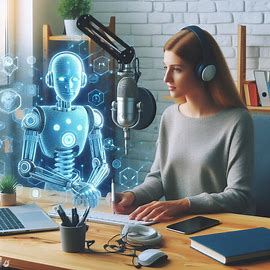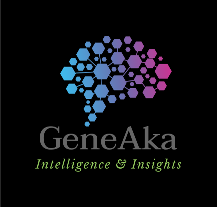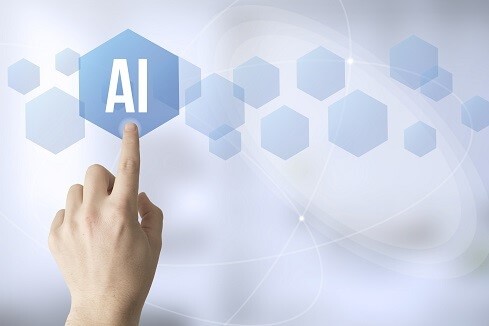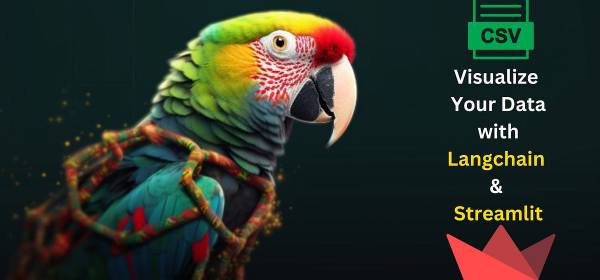The article discusses building an AI-powered app to streamline job applications. By inputting a resume, job description, and personal bio, the app generates tailored documents such as a resume, cover letter, and cold email to send to recruiters. The app integrates with OpenAI or Anthropic and requires Python knowledge and familiarity with Streamlit.









